Cannabis Nutrition: What are Micronutrients
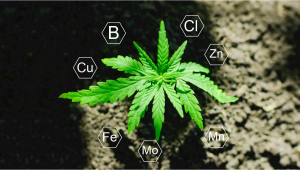
- 1. What are micronutrients?
- 1. a. Let's quickly run through the macronutrients needed for cannabis growth
- 2. Micronutrients
- 2. a. Boron (b)
- 2. b. Chlorine (cl)
- 2. c. Copper (cu)
- 2. d. Iron (fe)
- 2. e. Manganese (mn)
- 2. f. Molybdenum (mo)
- 2. g. Zinc (zn)
- 3. Recommended amounts of micronutrients
- 4. Overfeeding and underfeeding
- 5. Nutrient uptake and ph availability
- 6. In conclusion
These nutrients, also known as “trace elements” because of the very small amount of them needed, are essential to the cannabis seeds' growth, just like macronutrients. And although the amount needed can be 10x lower (or more) than macronutrients, they are crucial in the plant’s development. Much like us humans, plants require a certain range of nutrients in order to fulfill key physiological functions. When we consume a salad or another form of nutrient-rich food, our body distributes the minerals we just ingested through our body via the vascular system.
Plants possess a similar, albeit less complex, system of nutrient delivery. Within stems and branches, plants possess two tubular passageways: The xylem and phloem. Whereas the phloem directs nutrients down from the leaves to the roots, the xylem facilitates the movement of water and minerals up from the roots to the rest of the plant. Most cannabis growers become fixated on the amount of nitrogen, phosphorus, and potassium that their plants are getting. However, another large group of minerals, known collectively as micronutrients, also play a vitally important role in plant health, development, and productivity.
1. What Are Micronutrients?
Micronutrients are the minerals essential for plant growth used in lower quantities. Even though they're needed up to 10x less than macro, micronutrients can also cause symptoms associated to nutrient deficiencies and are extremely important for a plant to grow healthy and produce dense buds.
Micronutrients can be found in tap water. So depending on your source of water, you won’t need to add them individually. Although there’s no way to know exactly unless you measure it with a Total Dissolved Solids (TDS) meter. They are vital for a cannabis plant although they are needed in lower amounts than macronutrients. Their role is to “support” macronutrients in achieving the needed structure and preparing the plant to successfully go through the flowering stage. Note that filtering the water removes every mineral in it, so you will need to add micronutrients to top your feeding solution.
Overall, micronutrients are vital for plant health. However, because cannabis plants only require these minerals in such small amounts, deficiencies are relatively rare. Many outdoor soils contain these substances, especially those in gardens that are well maintained and therefore extremely fertile. However, some growers intentionally supply micronutrients in order to completely avoid potential deficiencies and to give their plants an edge. Sometimes, growers apply micronutrients such as iron and manganese as foliar sprays to optimize absorption. Micronutrients play several different roles, yet many of them act as coenzymes. This means they bind to the active sites on certain enzymes and assist with chemical reactions. Plants create these large proteins in order to facilitate metabolism and utilize energy.
Let's Quickly Run Through the Macronutrients Needed for Cannabis Growth
There are three main nutrients that all plant life requires for healthy growth. These are nitrogen (N), phosphorus (P), and potassium (K), and they form the cornerstone of all plant health and growth. Every single fertilizer (no matter what form it takes) will proudly display an NPK ratio to help the user understand the fertilizer makeup. Nitrogen is highly important for all growth stages in a cannabis lifecycle, but especially so during the vegetative stage. It is what makes up the majority of chlorophyll, and so it is absolutely crucial for photosynthesis. Nitrogen also makes up a significant part of the amino acids that are used as building blocks for proteins in all plants, and plays a major role in ATP production.
Phosphorus is another essential macronutrient for all plant life. It is a major contributor to the early stages of root development, disease resistance, bud formation, and stem stability among other uses. Potassium is the last macronutrient, with its most important roles being osmoregulation and the triggering of ATP production. Osmoregulation is how a plant regulates water and salt concentrations by controlling the stoma (the pores on a plant's leaves). There are two secondary macros we should also quickly cover:
Calcium (Ca)
Calcium is a vital component of cellular walls and overall plant structure. Without calcium new growth is stunted, and previous growth will develop rust spots and curled leaves. It is also essential for intercellular messaging for hormone and enzyme regulation. Because calcium plays such a key role in plant health, it’s considered an essential nutrient. As well as contributing to plant structure, the function of calcium within the cell wall also involves physical defence against pathogens.
Sulphur (S)
Sulphur plays an essential role in the formation of chlorophyll (along with nitrogen). It is also required for the production of amino acids, proteins, certain enzymes, and vitamins. Without the correct levels of sulphur plants are much less protected against a wide range of common diseases
2. Micronutrients
Trace elements are a group of minerals that are needed in almost untraceable amounts. The most common ones are a group of more than 20 and have different roles in a plant’s life cycle. They are:
Boron (B)
In combination with Calcium, Boron is essential in the flowering stage, responsible for the division of cells and an important element in the structure of cell walls. Interestingly, high levels of calcium, potassium, and nitrogen can impact boron availability. Soil tests that show excessive levels of these nutrients within the soil usually prompt growers to add more boron to their soil in order to allow their plants the chance to access this key micronutrient. In contrast, soils that are too low in calcium make boron much more available, which can actually result in toxicity in severe circumstances.
Chlorine (Cl)
Chlorine is needed in very small amounts and is responsible not only for helping in the opening and closing of the plant’s pores (allowing her to “breath”) it helps the plant to keep the leaves firm and strong.
Copper (Cu)
Copper works as an activator of enzymes. It helps speed up photosynthesis and supports the vascular tissue of cannabis plants. Copper deficiency can occur for multiple different reasons. For example, the symptoms of copper deficiencies are more likely in soils high in organic matter, and in those with a large percentage of sand, Copper is easily leached from these types of soils. However, organic matter and sand do play important roles in the soil when present in optimal quantities.
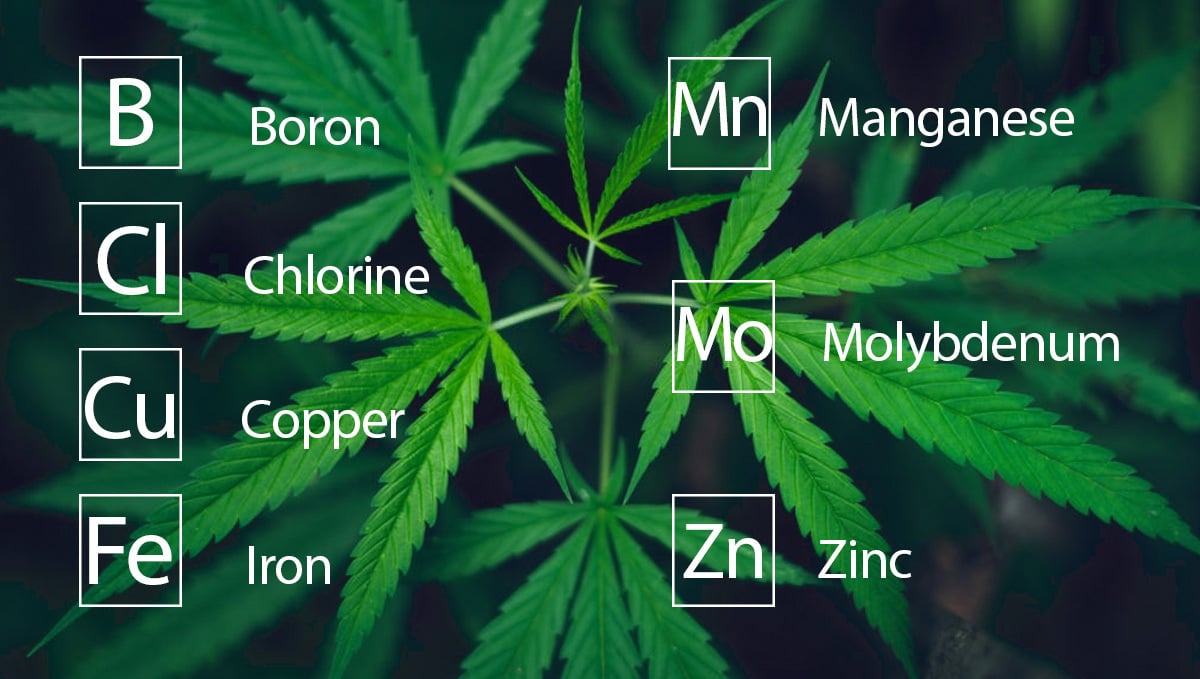
Iron (Fe)
This mineral is not only responsible for producing energy but it’s also a component in the production of chlorophyll, giving the plant that rich green color.
Manganese (Mn)
Manganese is directly related to the health of your plant. This mineral helps fight off disease by protecting roots against pathogens and helps with the absorption of nitrogen.
Molybdenum (Mo)
Molybdenum is used in very tiny quantities and it helps in the formation of proteins.
Zinc (Zn)
Zinc is also needed in tiny amounts but is very important to cannabis. This mineral helps in the building of growth hormones and is connected to the space between internodes.
3. Recommended Amounts Of Micronutrients
Although they’re needed in super small amounts, the lack of any of these nutrients can cause severe deficiencies and growth problems.
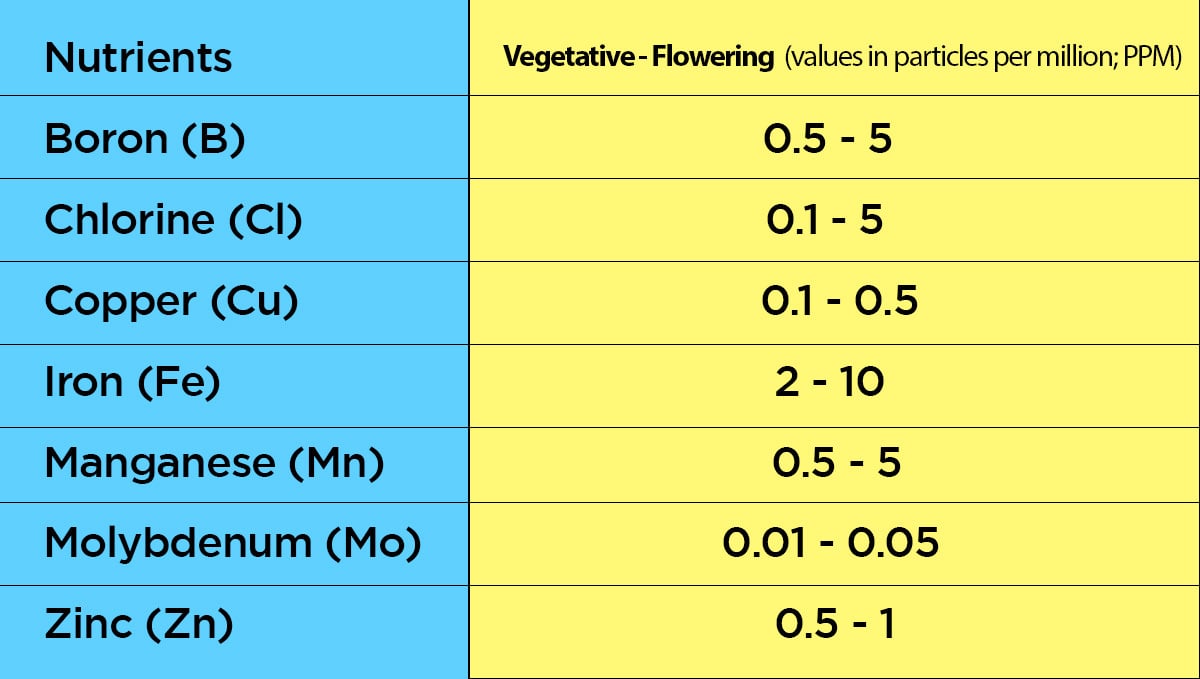
Note that these numbers represent the ppm value for all the cannabis life cycle and should be adjusted according to the signs your plant gives.
4. Overfeeding and Underfeeding
Even though micronutrients are needed in lower amounts, not providing or providing too much of them can cause deficiencies, just like with macronutrients. This is because even though they’re less used, they’re also vital for cannabis plants and they directly support macronutrients in their processes.

It is essential you are aware of which minerals are present in your feeding solution and the amount they’re in. You should measure your solution and add the missing minerals if you want to grow a 100% healthy plant.
5. Nutrient Uptake and pH Availability
The pH of a growing medium is the measure of how acidic or alkaline the medium itself is. Growing mediums with a pH of less than 7.0 are considered to be acidic, and with a pH greater than 7.0 are considered to be alkaline. The perfect pH range changes depending on what style of cannabis cultivation you are using. Soil cultivation has a range of 6 to 6.8, whereas all soilless cultivation (including aeroponics, hydroponics, and coco coir cultivation) should sit between 5.5 to 6.5. But, what does all of this have to do with nutrient uptake? Unless you have the pH levels in the correct range, your plants will be unable to access the available nutrients, no matter what the nutrient levels are.
This problem is sometimes referred to as nutrient lockout, and can also occur from overfeeding at the correct pH range. Be sure to regularly check the soil pH if you are growing in a soil or soil-like (eg. coco coir) medium. This can be done by measuring the pH of the runoff water during feeding, or you can use a soil pH tester. If you are growing hydroponically, then testing is as simple as dipping your everyday pH tester into the feed and runoff buckets.
You should also check the pH and the TDS or EC of your feed water before every single feed. One unbalanced feed is all it can take to cause huge headaches, and possibly destroy all that hard work you have been putting in making sure your plants are strong, vibrant, and healthy. Deficiencies and diseases can be hard to identify, and even harder to fix. Give yourself the best chance of producing the highest quality bud, and the largest crops - take your time, measure everything you give to your favorite plants, and enjoy the fruits (or buds) of your labor!
6. In Conclusion
Even though they’re called “micro”, they are just as important as macronutrients. Every grower must make sure their plants receive every mineral they need to grow happy and healthy. Providing only macronutrients without controlling the micronutrients will result in a weak plant, more susceptible to bugs and pests. If you want to grow a plant to its full potential, you should provide the proper mix of both micro and macronutrients.








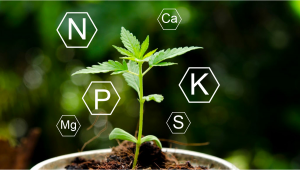


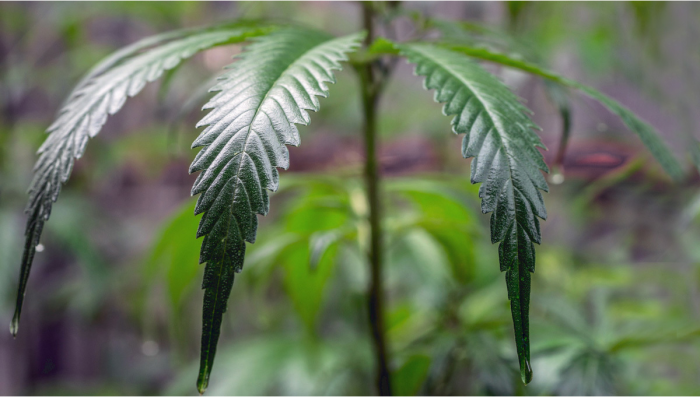
Comments